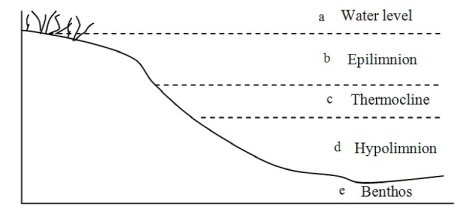What energy transformation takes place when sunlight strikes an ordinary solid object?
A. electrical to thermal (heat)
B. thermal (heat) to nuclear
C. electromagnetic to electrical
D. nuclear to electrical
E. electromagnetic to thermal (heat)
Answer: E
You might also like to view...
Which of the following statements is true about Bohr's planetary model of the atom?
A. The electrons smoothly move from one orbit to the next. B. The energy difference between the orbits is continuous. C. It is a physical model. D. The electrons orbit around the nucleus. E. none of the above
Which of the following statements describes a cold front?
A. It marks the position of a trough of high pressure. B. It has warm air behind it. C. It marks a zone of shifting winds. D. It is coloured purple on a weather map.
Atmospheric pressure is the weight of the column of air over an area. For example, under standard conditions, the atmospheric pressure is 14.7 lbf/in.2 . This value means that the column of air in the atmosphere above a surface with an area of 1 in.2 will exert a force of 14.7 lbf. Convert the atmospheric pressure in the given units to the requested units: (a) 14.7 lbf/in.2 to lbf/ft2 , (b) 14.7 lbf/in.2 to Pa, (c) 14.7 lbf/in.2 to kPa, and (d) 14.7 lbf/in.2 to bars. Show all of the conversion steps. [Note: One Pascal (1 Pa) is equal to one newton per meter squared (1 Pa = 1 N/m2 ) and 1 bar = 100 kPa.]
What will be an ideal response?
 What environmental factor does not change between "b" and "e" in the diagram?
What environmental factor does not change between "b" and "e" in the diagram?
A. Oxygen content B. Nutrient availability C. Light penetration D. Temperature E. All of these change between "b" and "e."